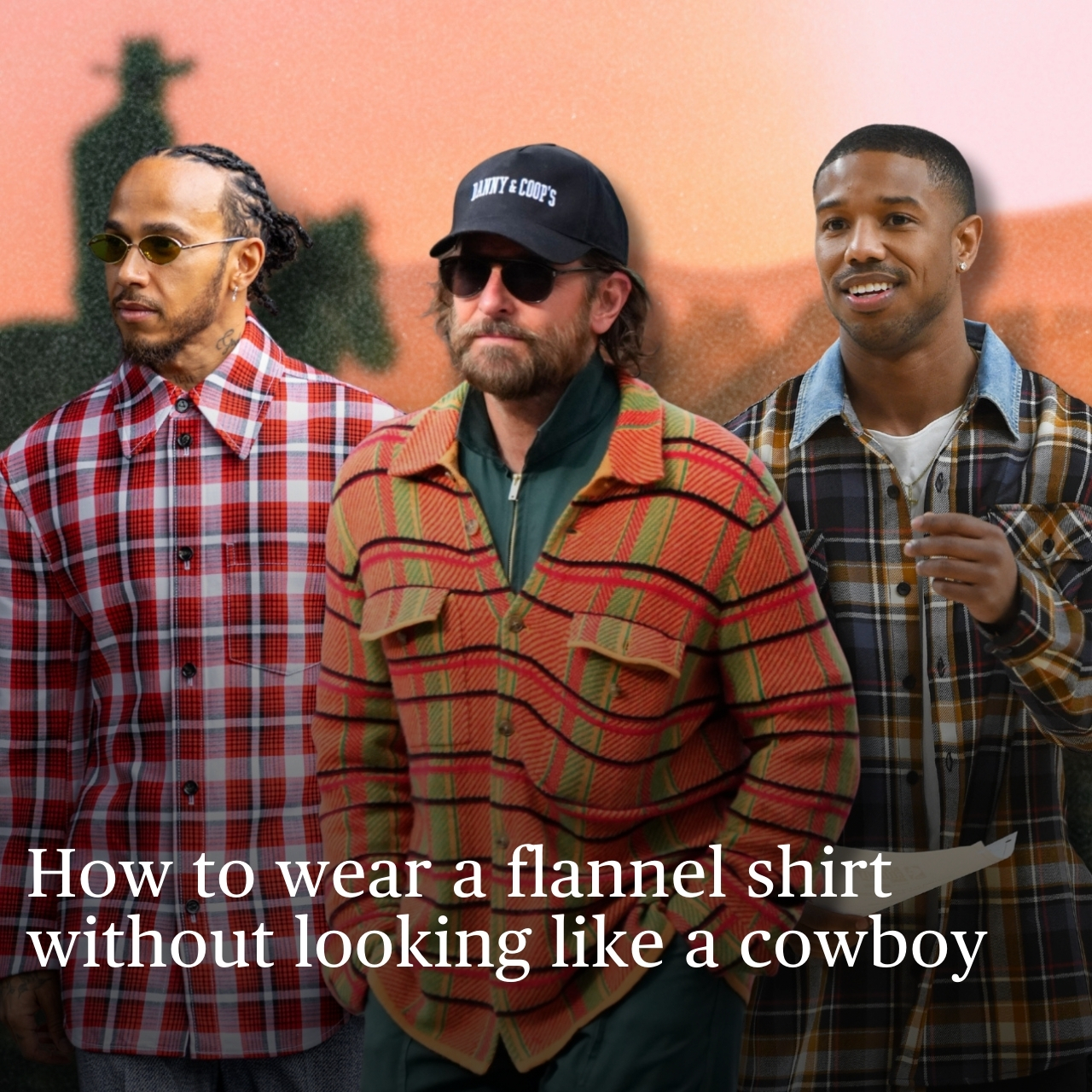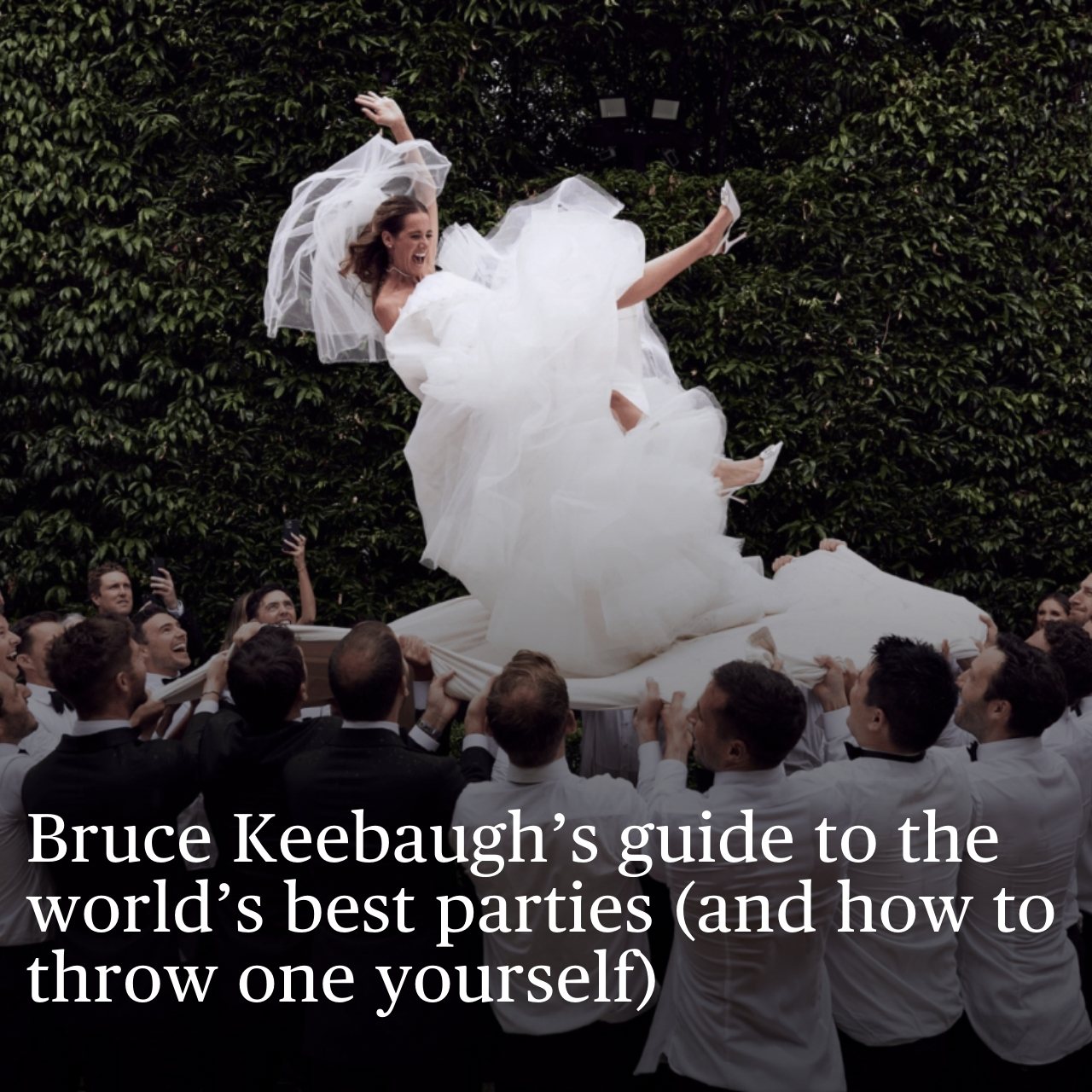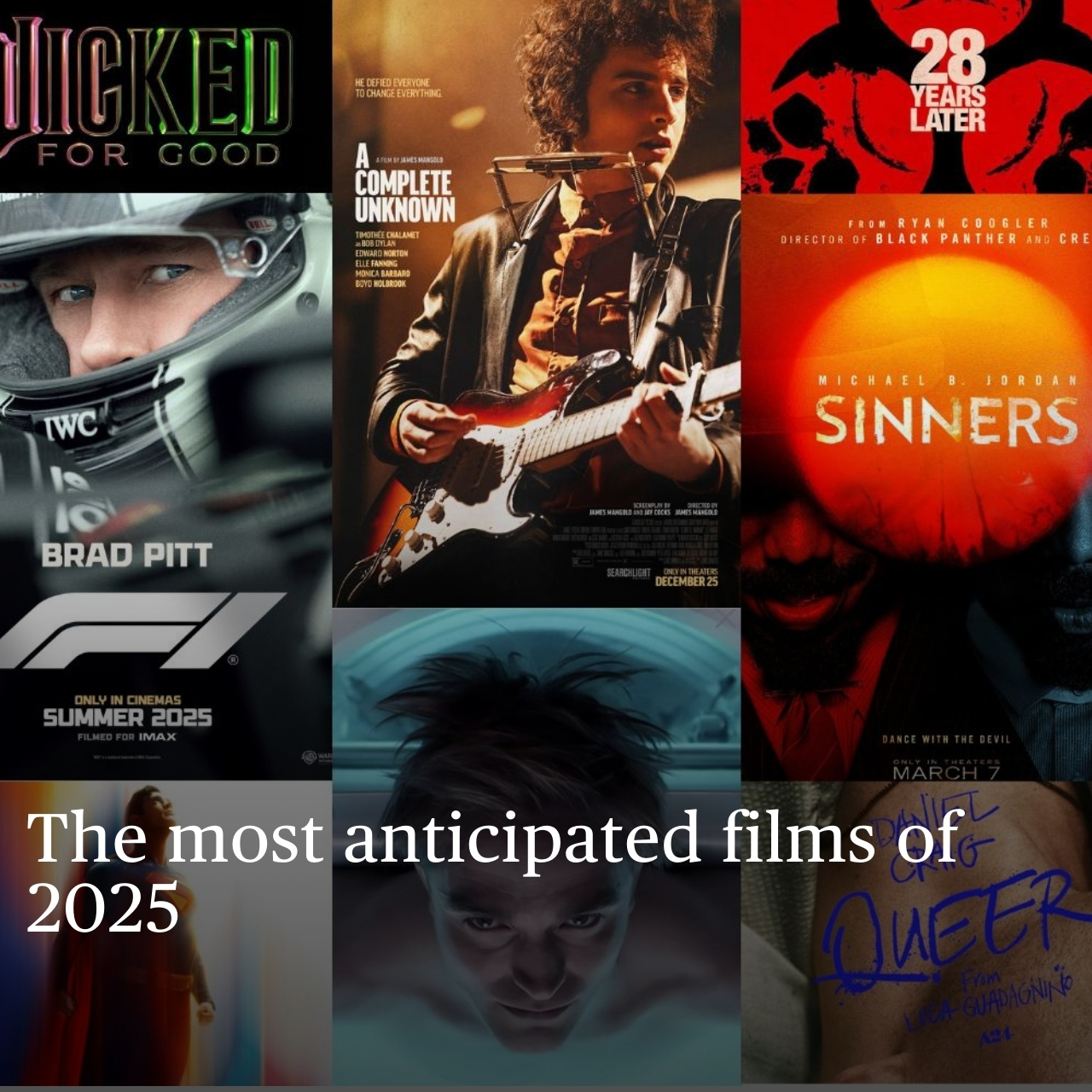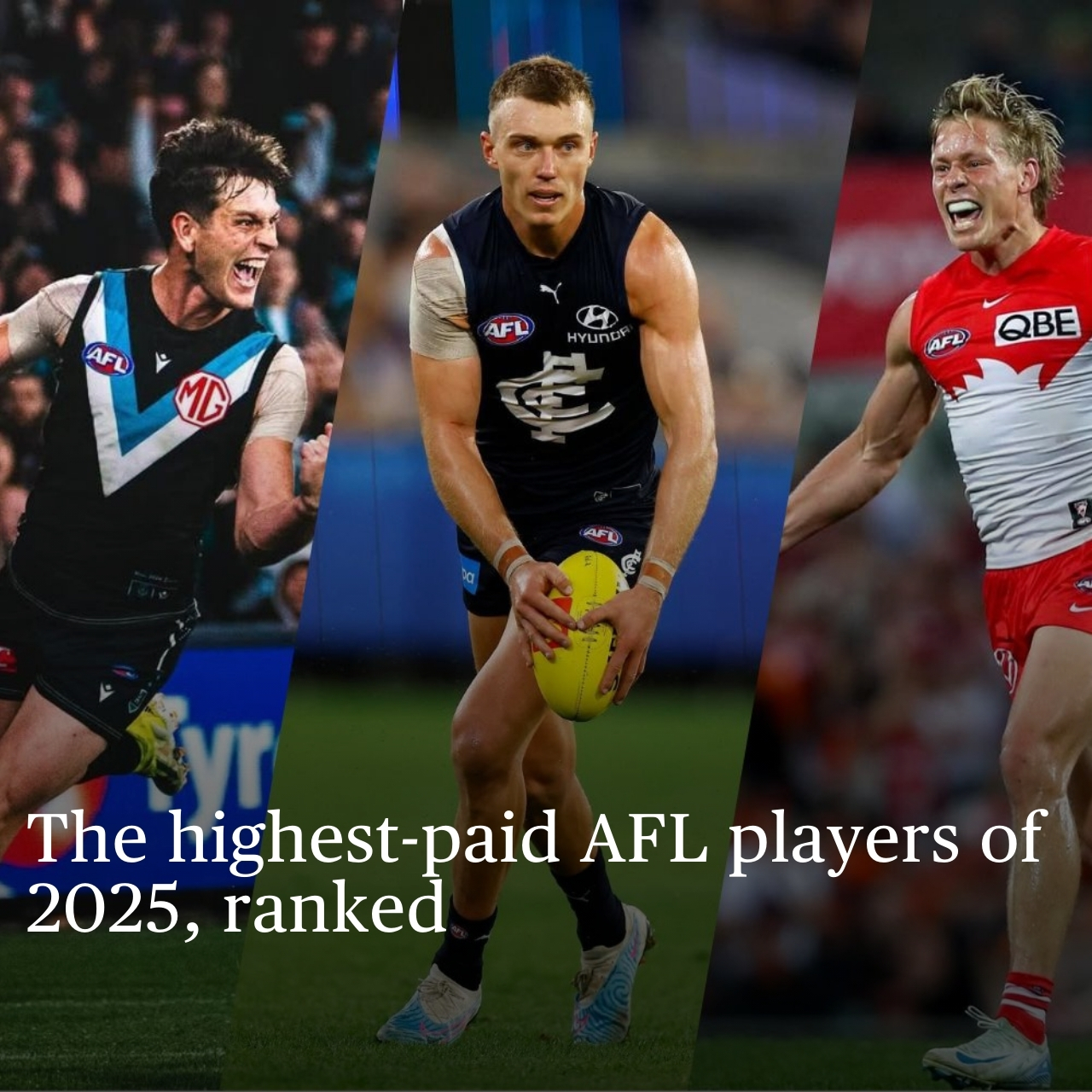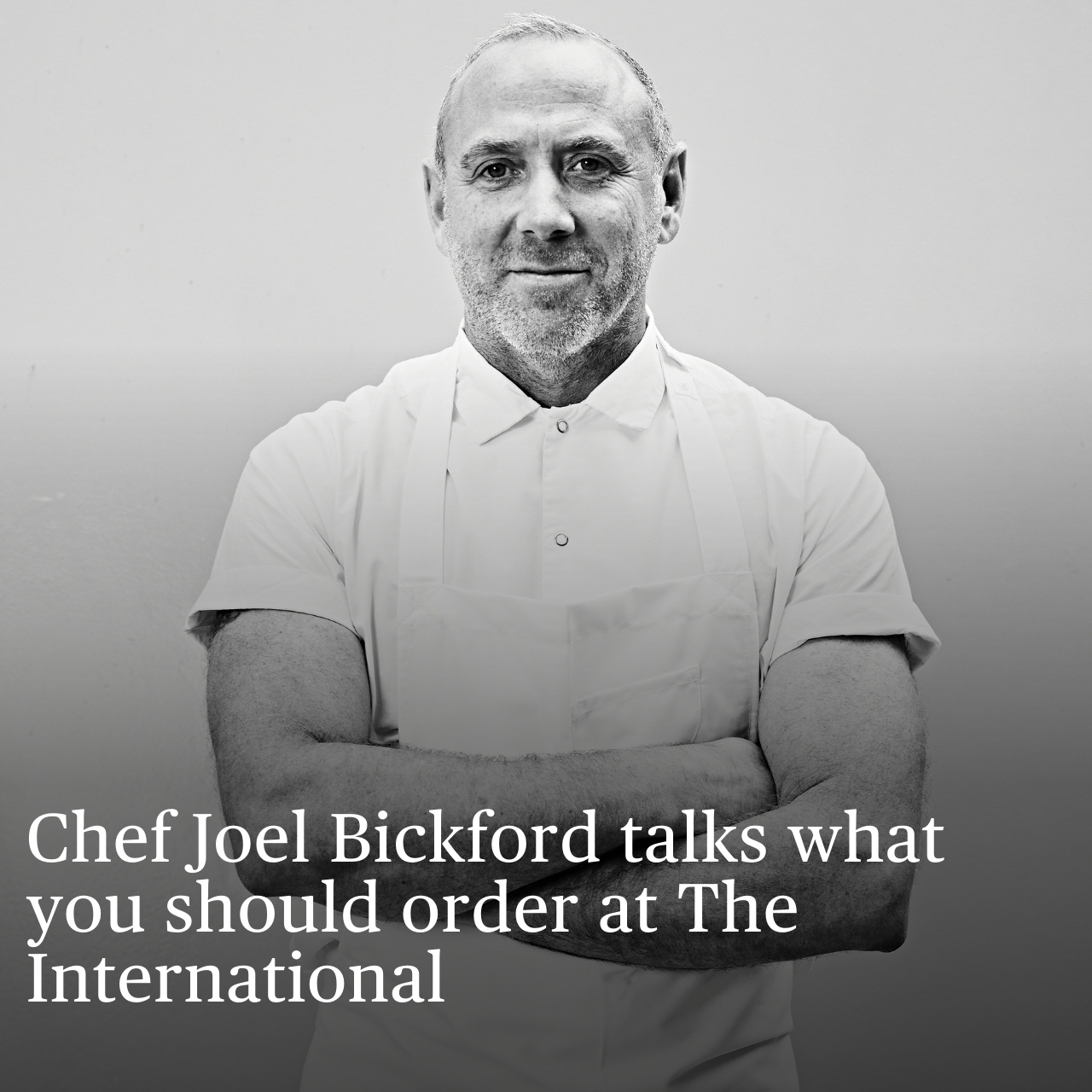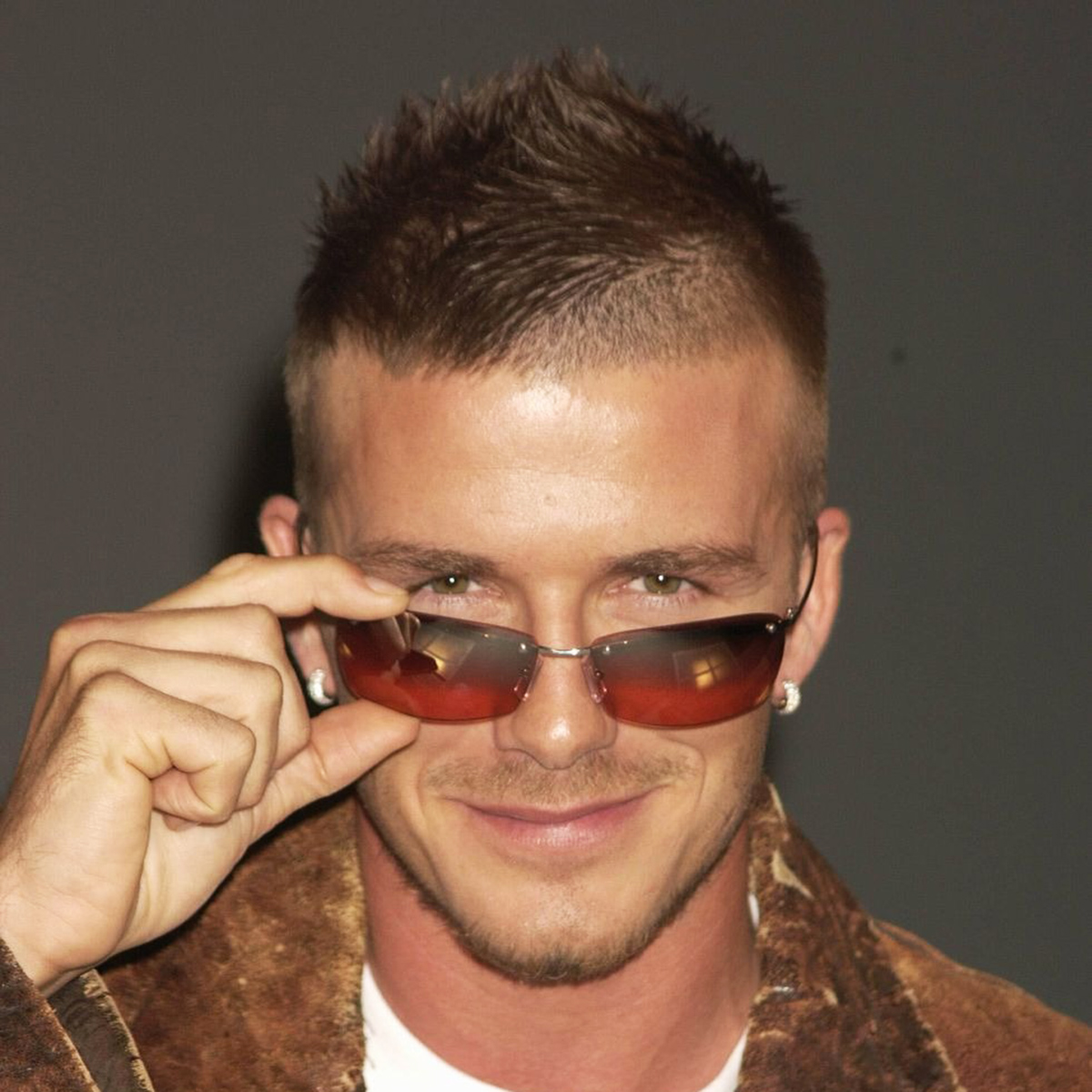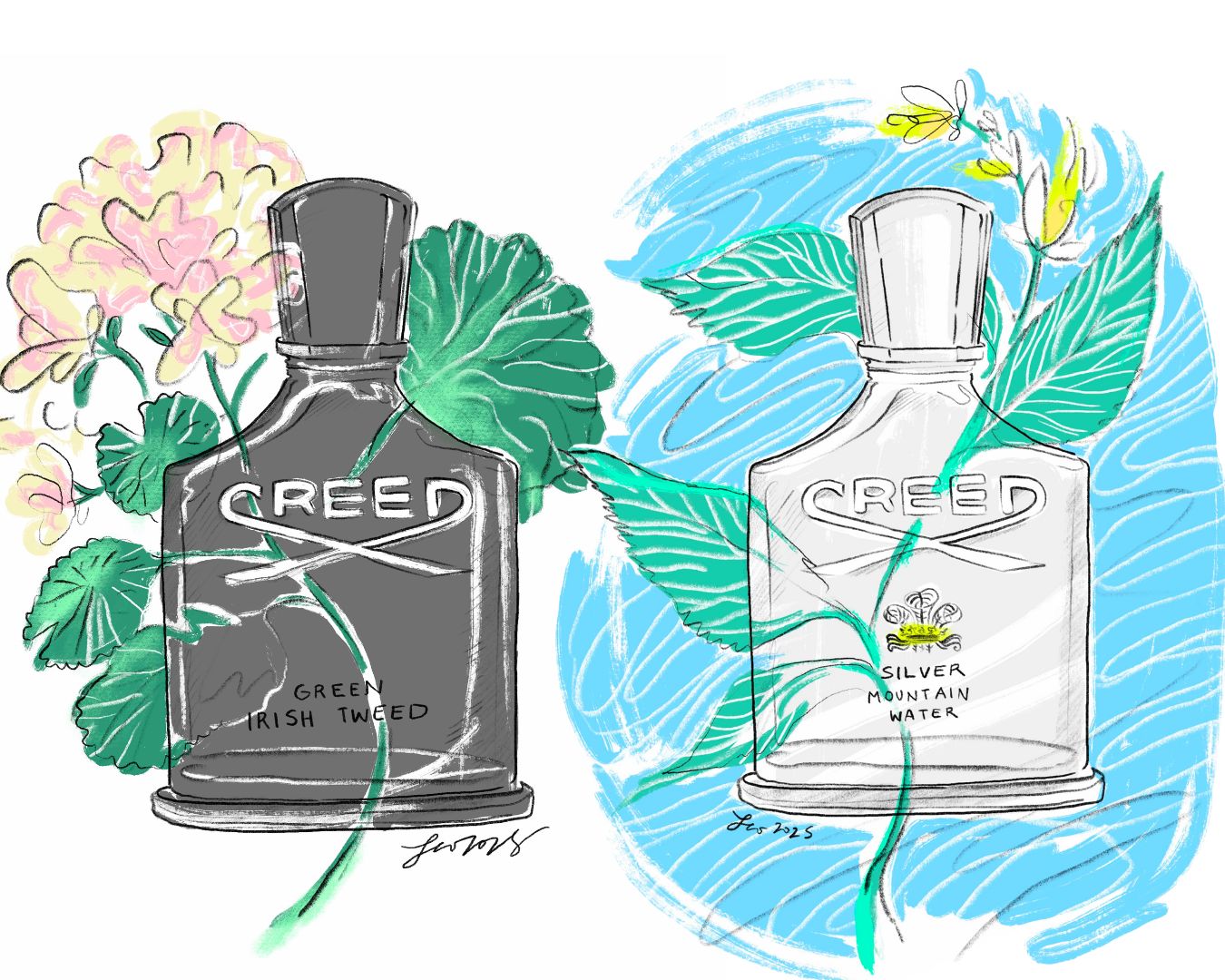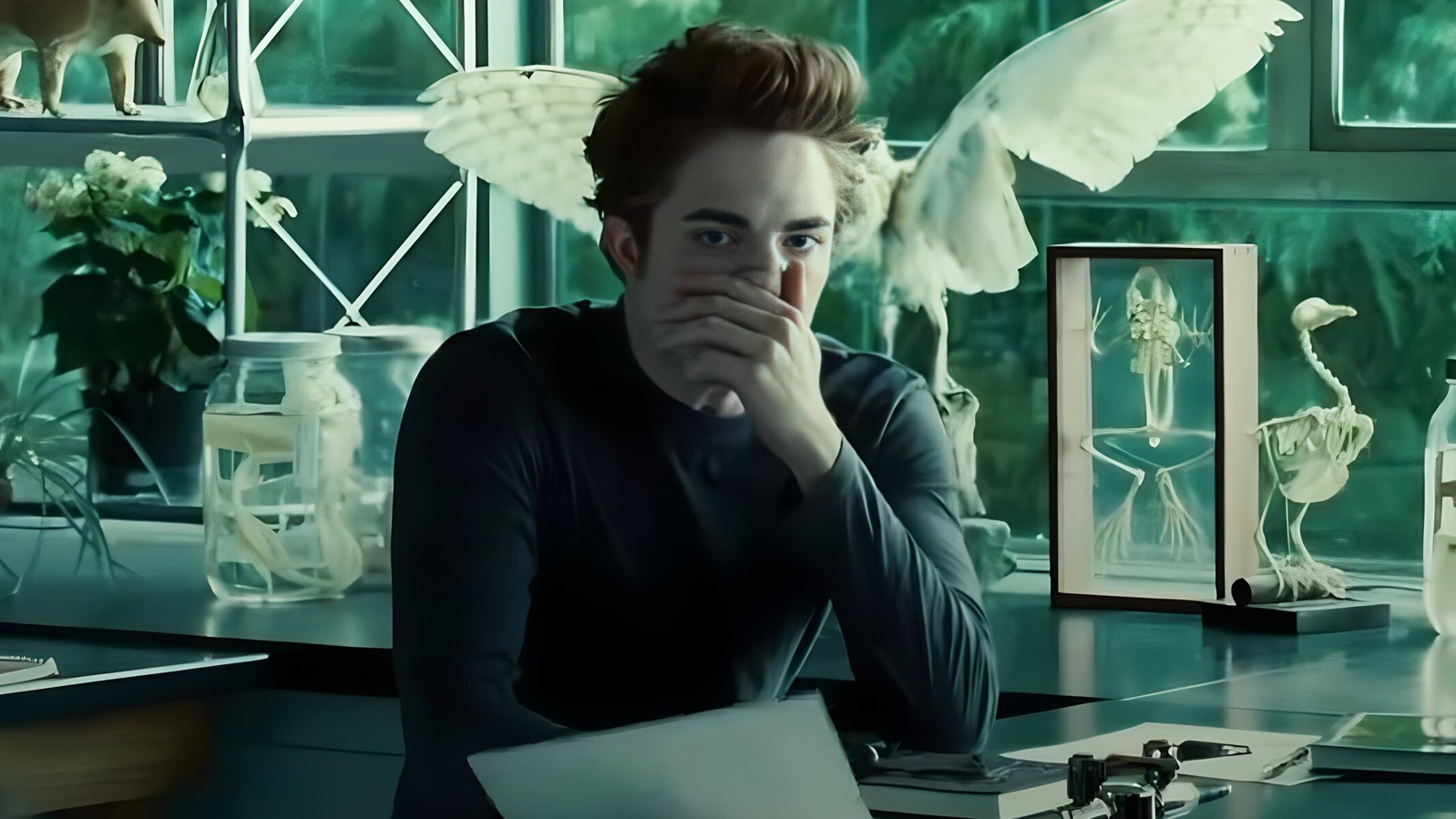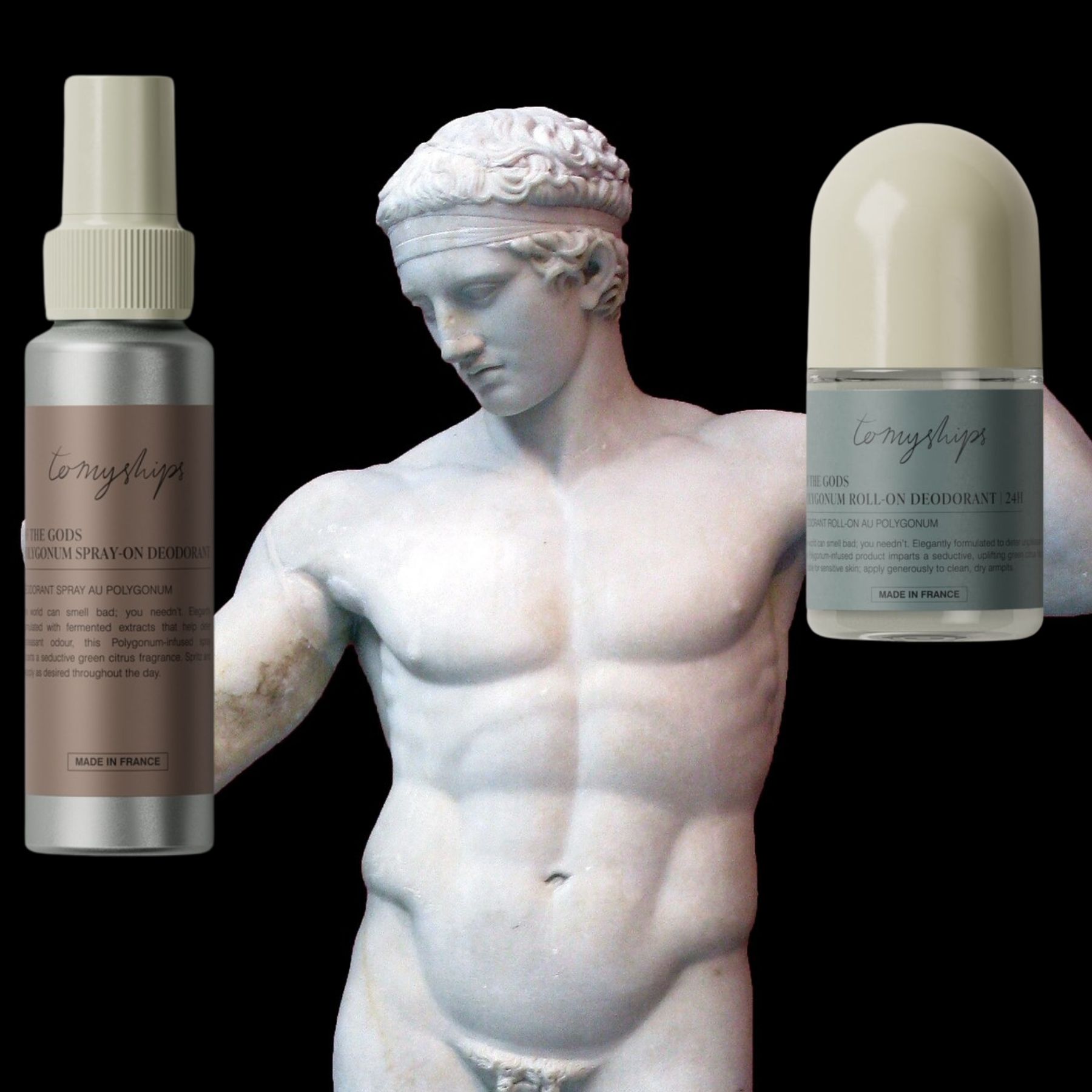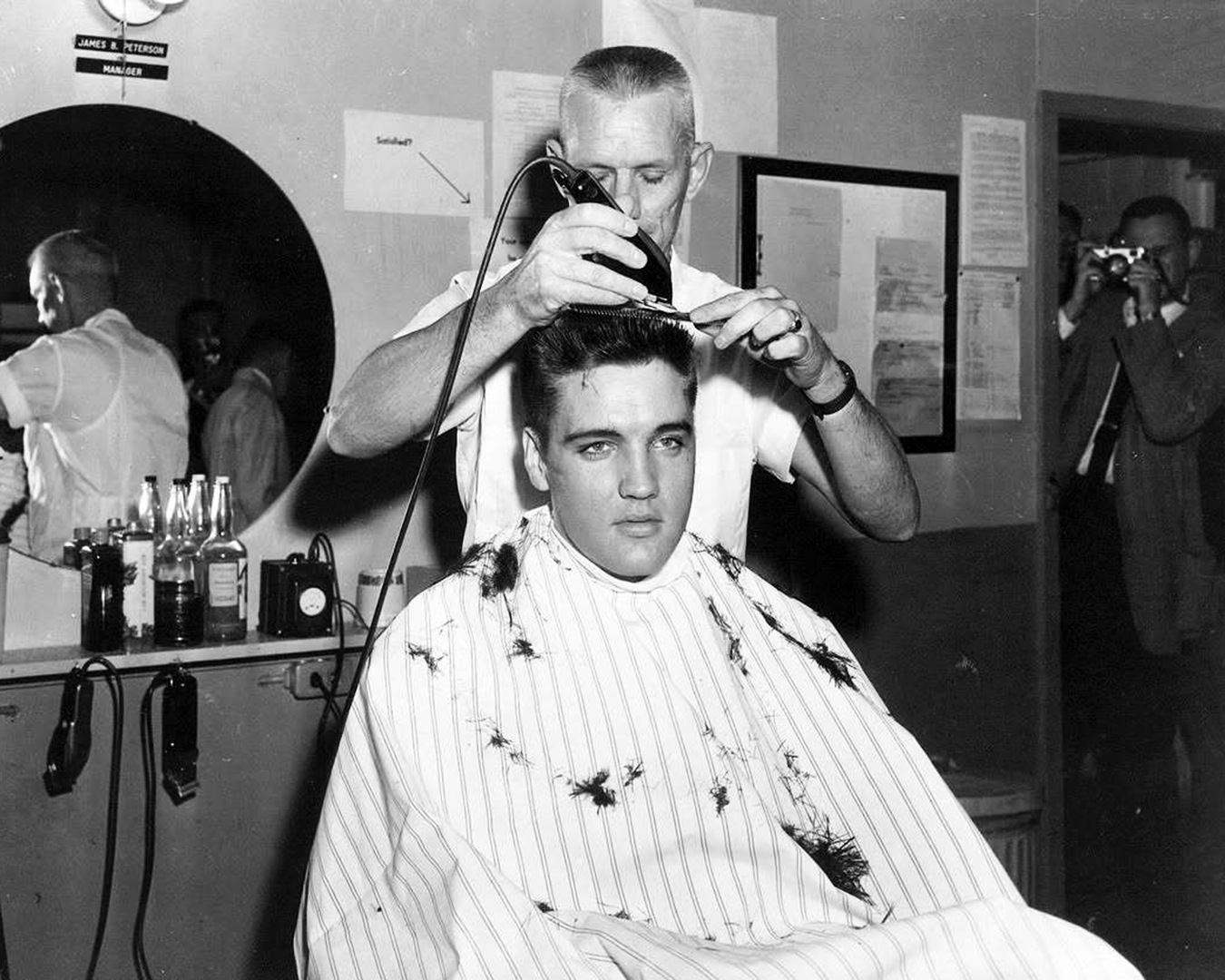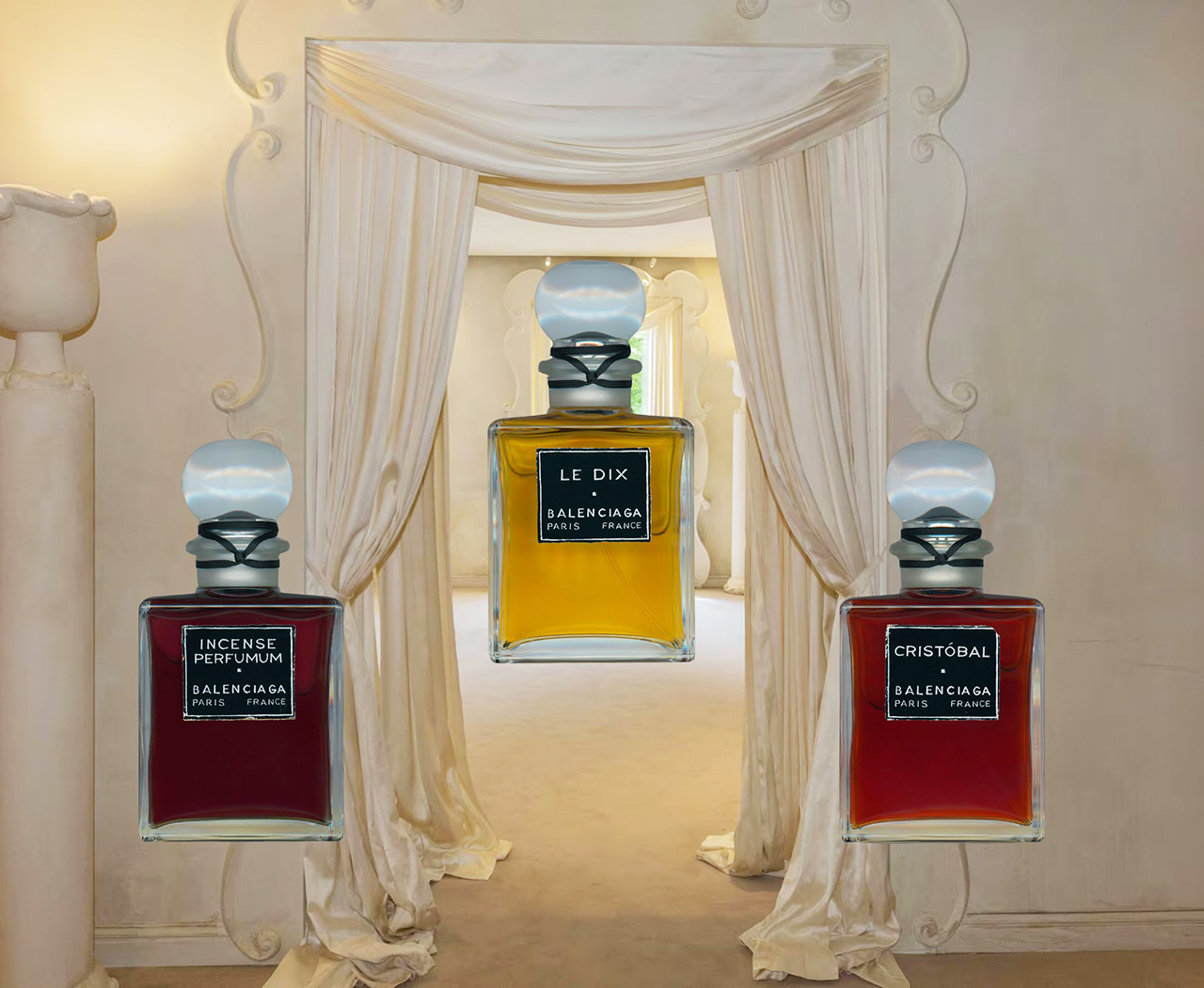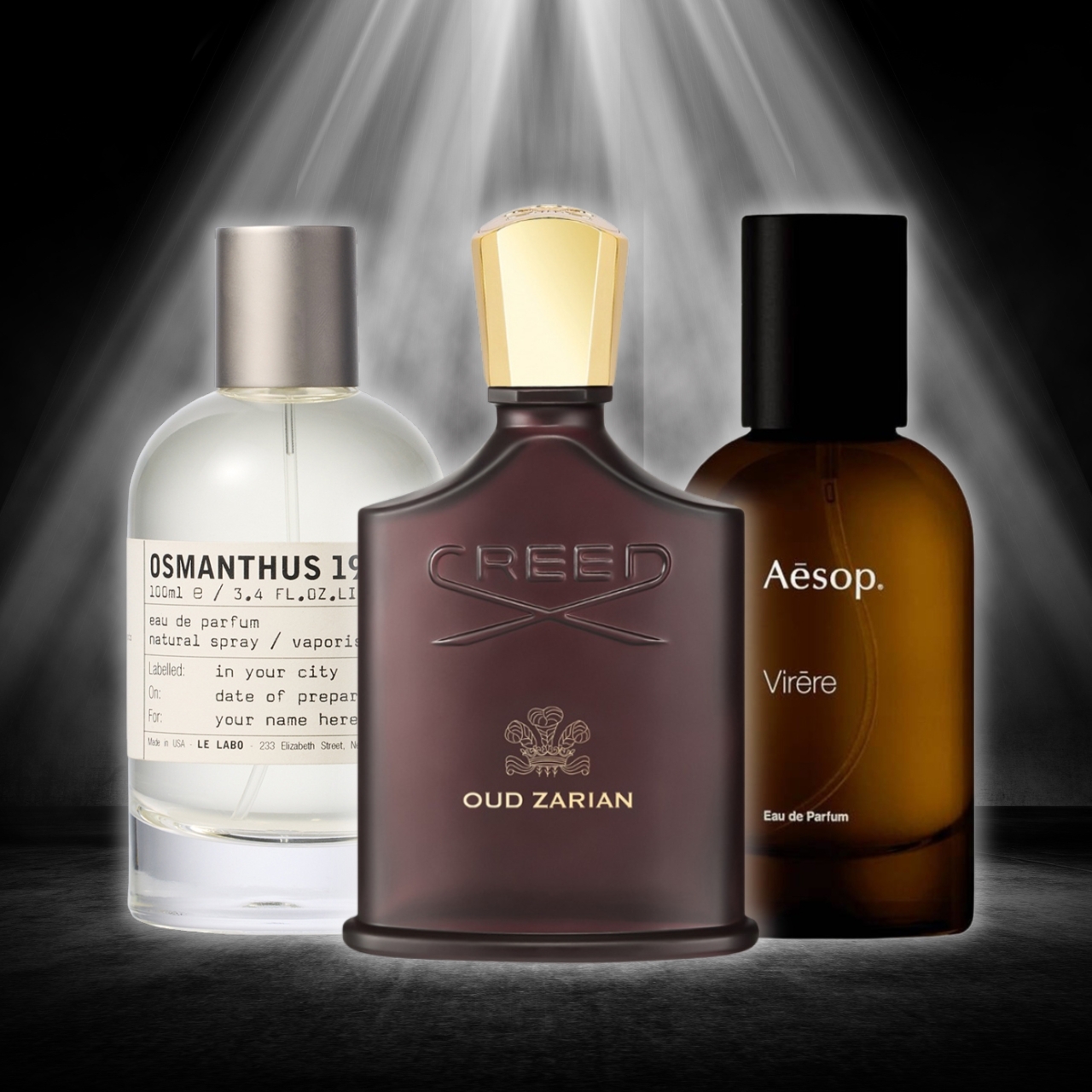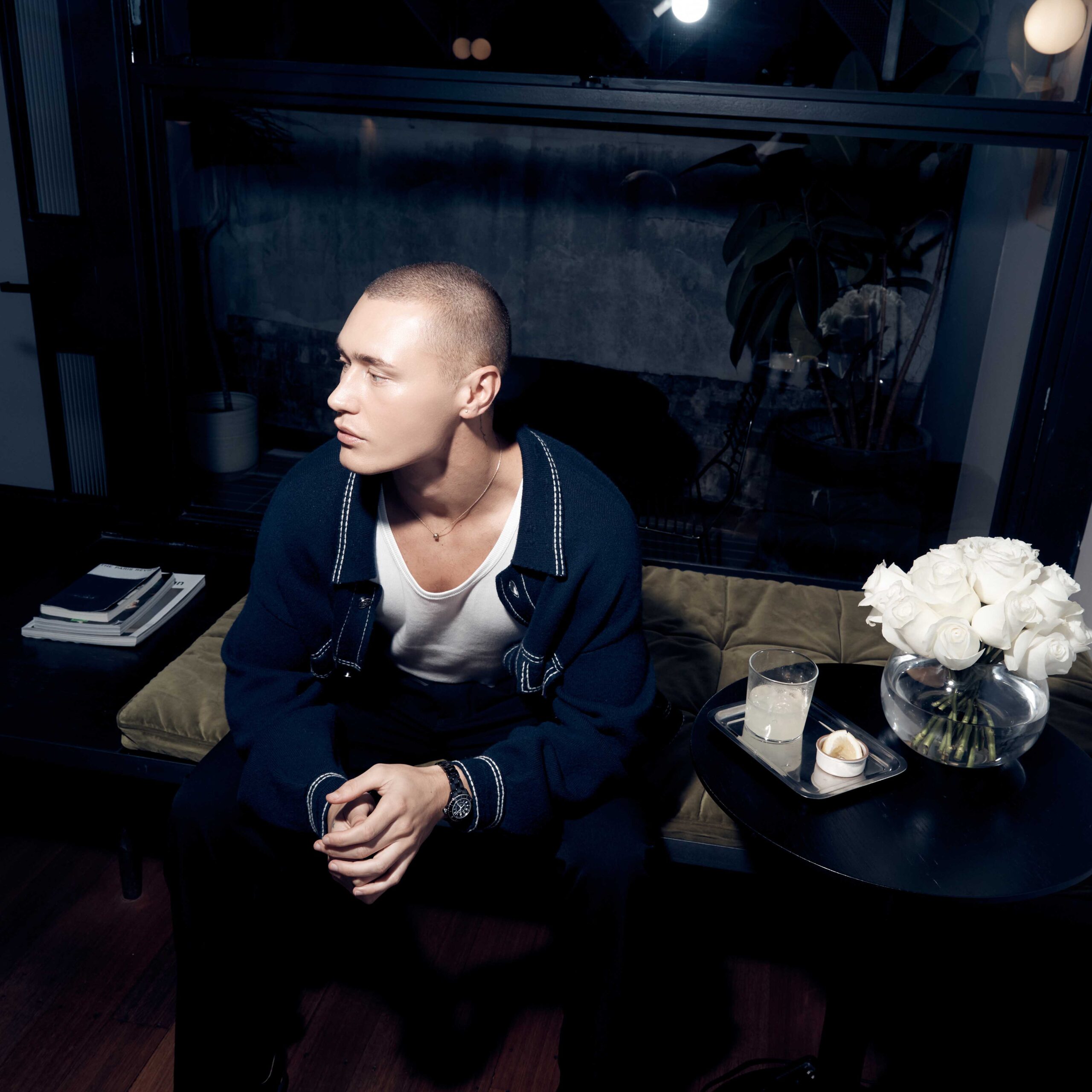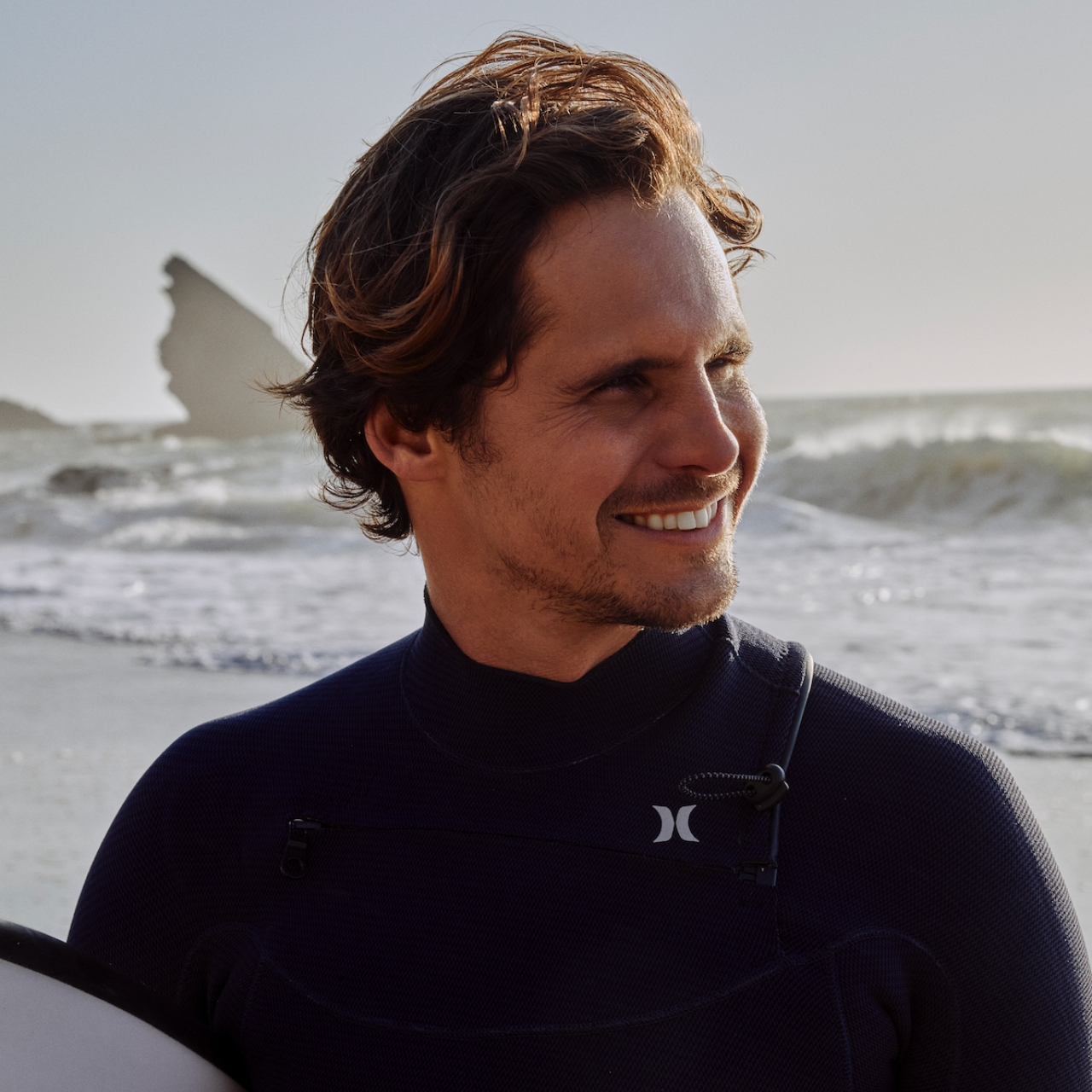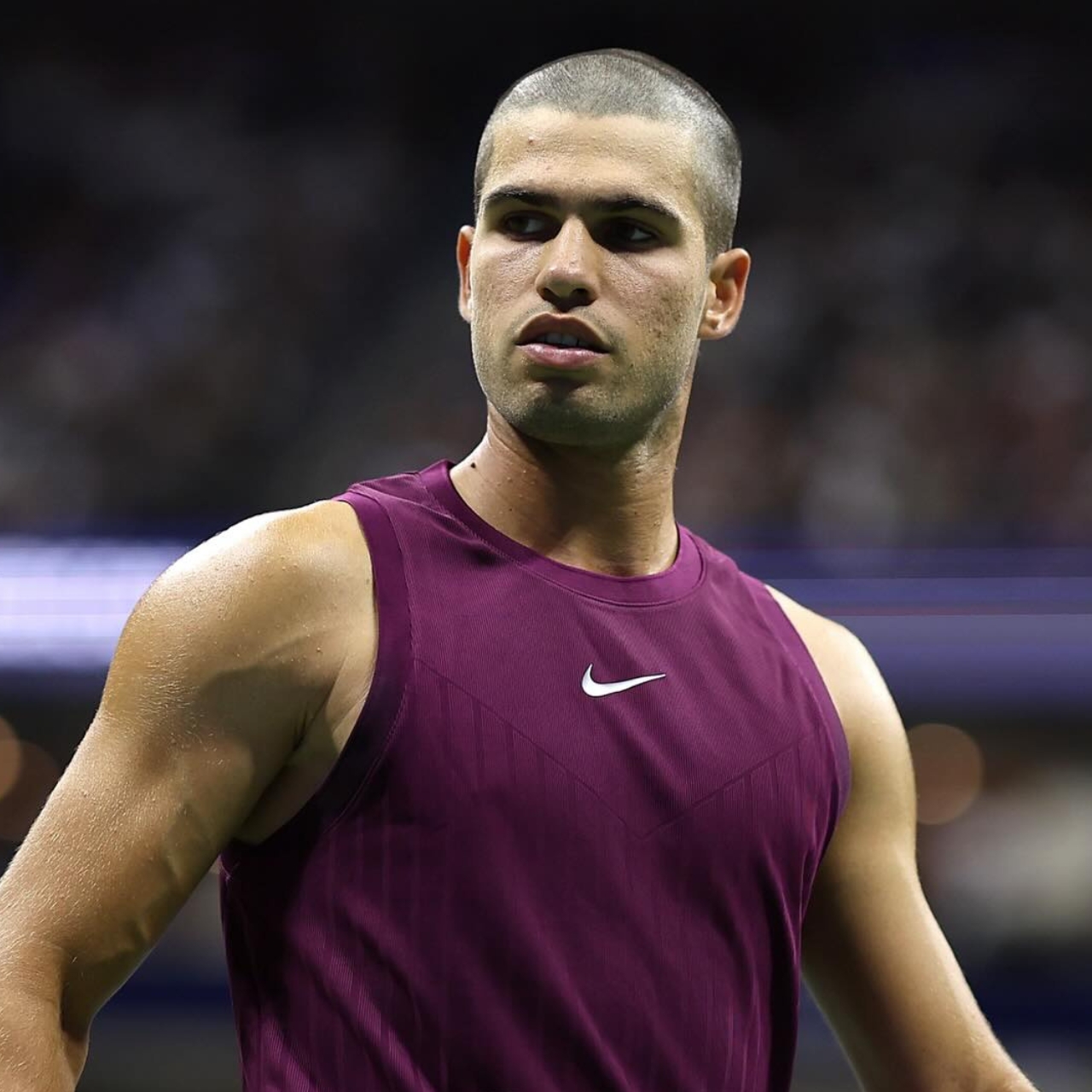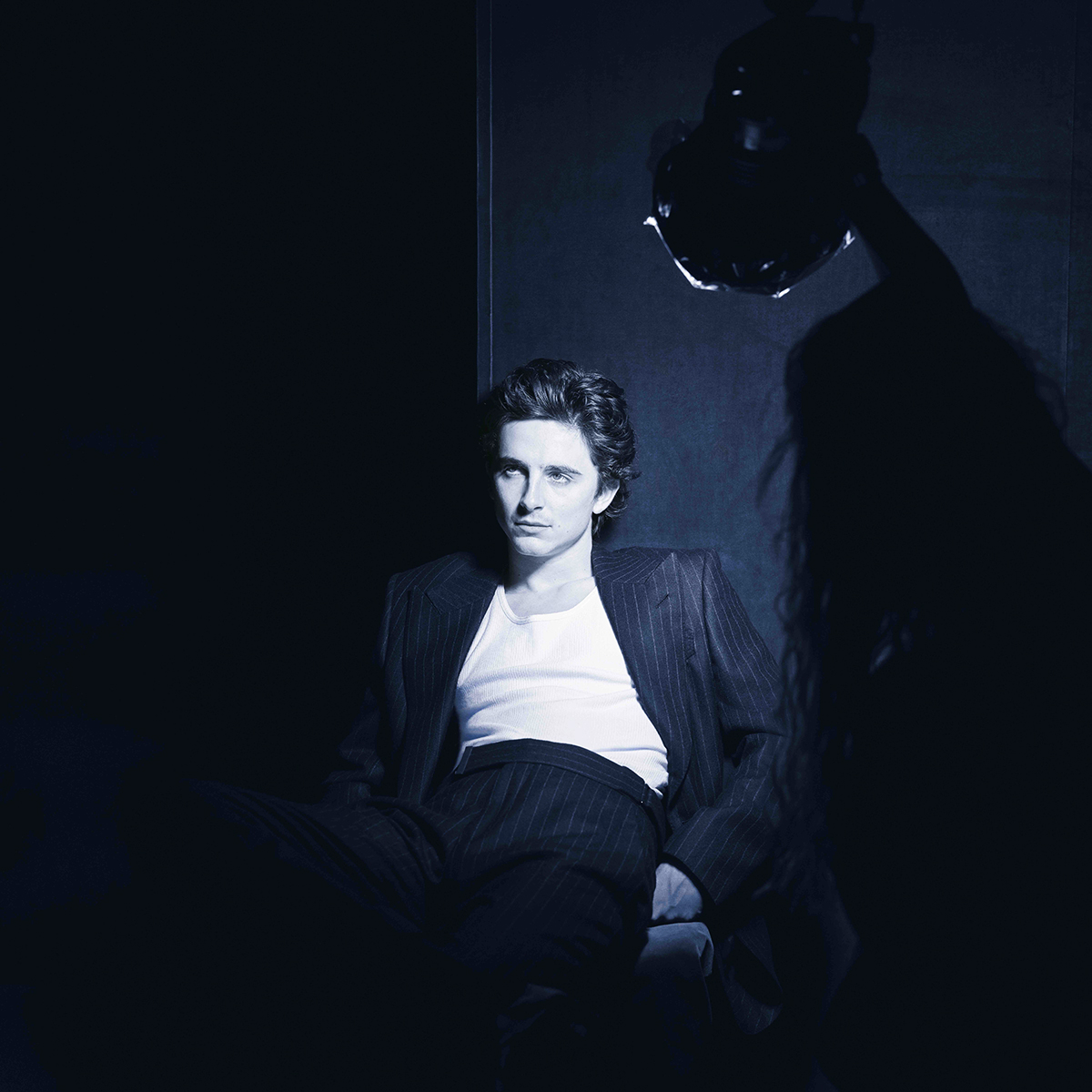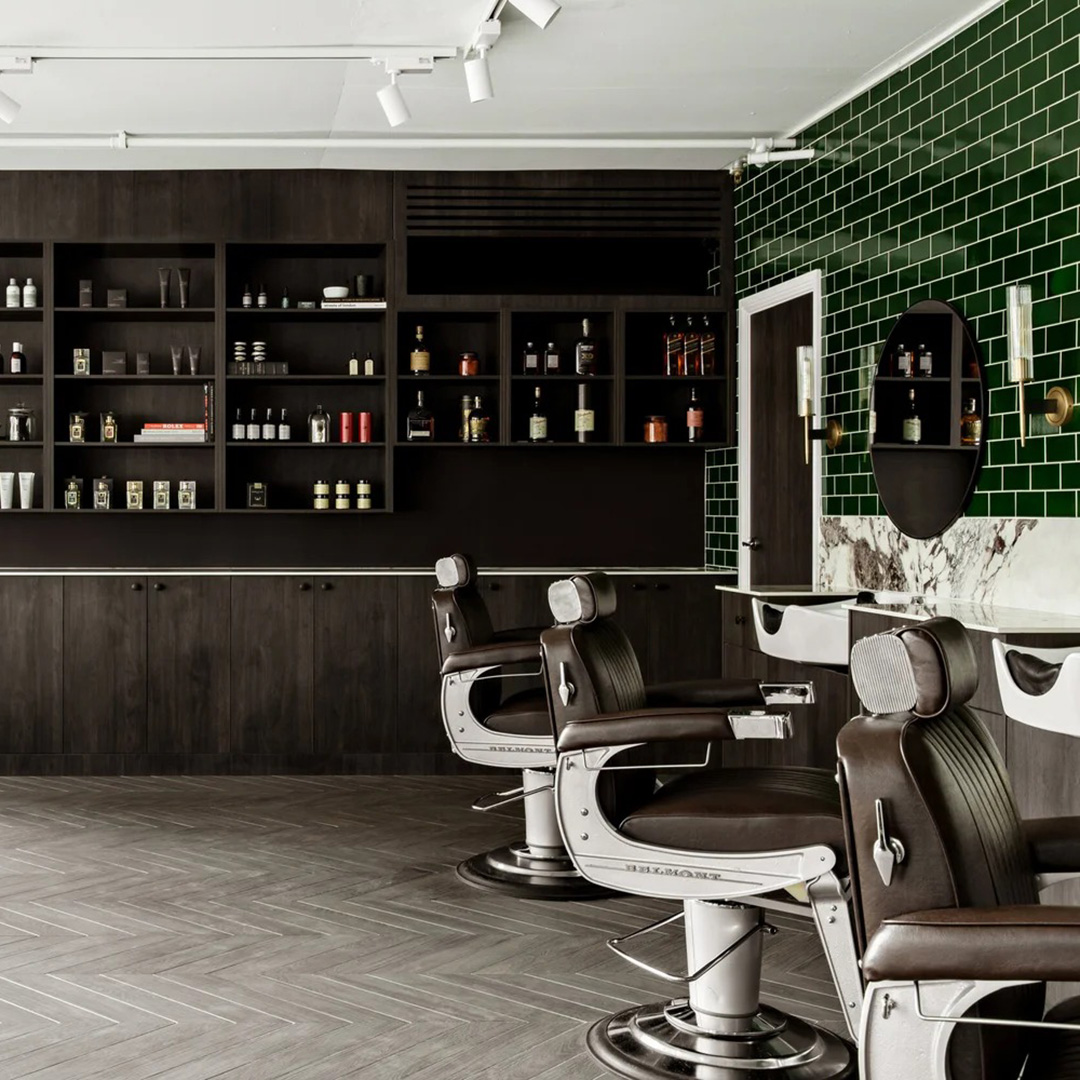Forget star signs - which fragrance era are you?
Every decade has a fragrance icon, which one is yours?
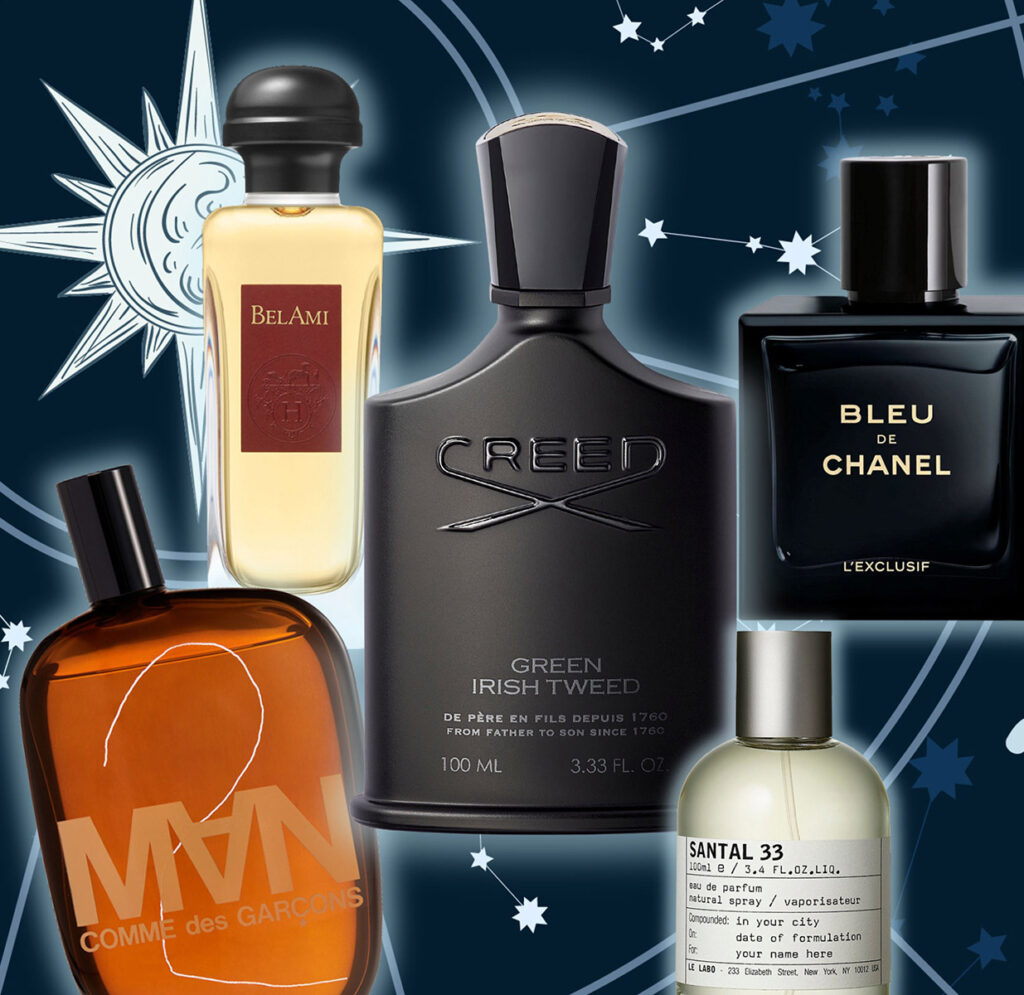
MUCH LIKE TRENDS IN FASHION, every decade has its scent – a fragrance so locked into a specific moment that it becomes a time capsule, an era’s literal signature scent.
For example, there was a point in 2015 when you couldn’t walk into a room without being hit by a wall of Le Labo’s Santal 33. A decade on, even the tiniest whiff transports me back to the bowels of my favourite London club, Red Stripe in hand, wearing Common Projects sneakers, some brand of bomber jacket and, most likely, an oversized ring made from repurposed industry materials. It’s been described as the Proust phenomenon: when our sense of smell triggers vivid memories to the point of reliving them physically.
Choosing which fragrance defined a decade isn’t solely about how popular it was at the time. There are plenty of popular picks, and most of them are forgettable at best and regrettable at worst. Rather, this selection of legends is about the mood they created, the vibe they shifted and the way they captured the essence of the zeitgeist.
So, which decade defines you?
1960s – 1970s
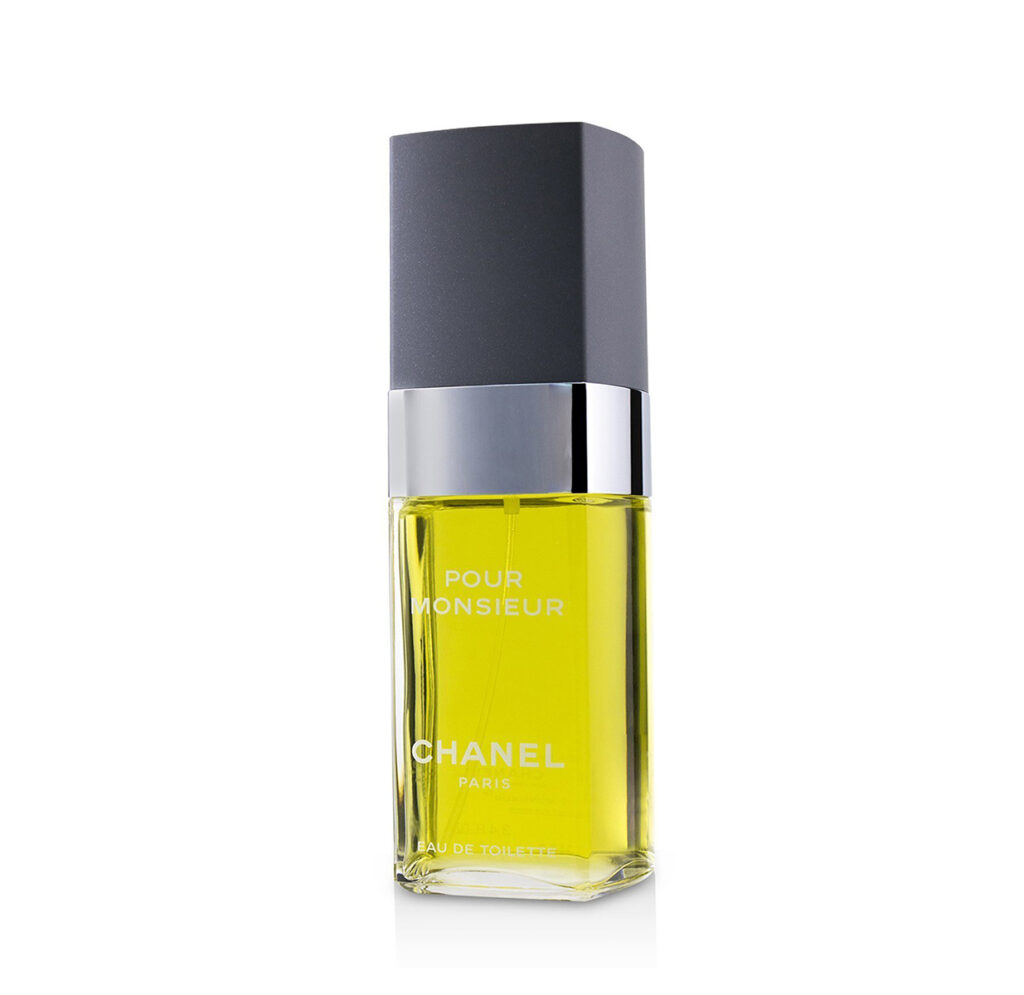
Pour Monsiuer
Young men today more familiar with a certain square bleu bottle, but seven decades ago the French brand behind it was just as influential. In 1955, Chanel launched Pour Monsieur – a green chypre construction that was, and remains, a prime example of fragrant technical perfection. Cardamom, vetiver, and oakmoss give depth to the sweet tartness of lemon, neroli and petitgrain. This was to men of good taste what Chanel No. 5 was to women. Hang it in the Louvre.
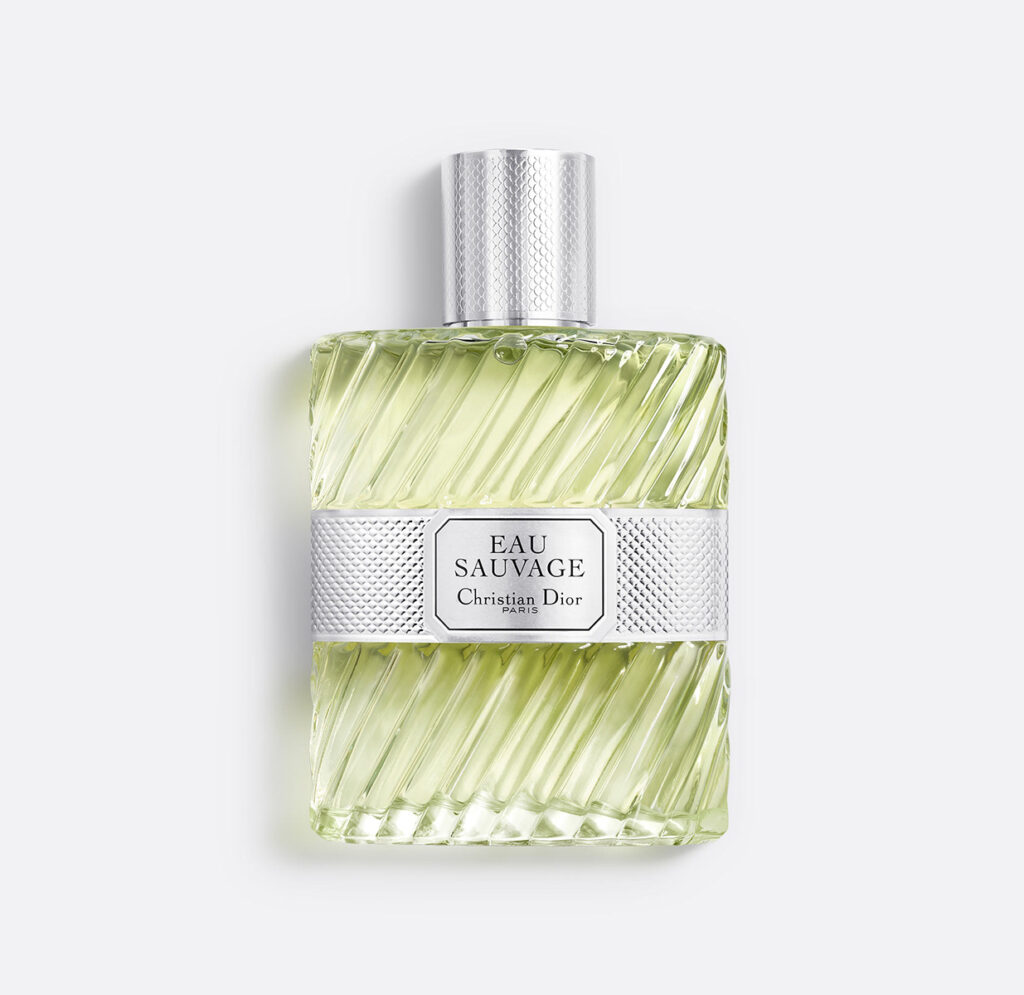
Eau Sauvage
But as the acoustic free love of the ’60s gave way to the disco of the ’70s, colognes and aftershaves had to crank up the dial to keep up with the crowd. While the old-school “cologne” citruses have been around for decades (centuries, in fact) Dior changed everything when they released Eau Sauvage. Yes, it dropped in the mid-60s, but this sparkling burst of citrus with its floral additions of jasmine, green basil and rosemary became the call sign for discerning gentlemen around the world. Nearly 60 years later, it remains one of the greatest men’s fragrances money can buy.
1980s
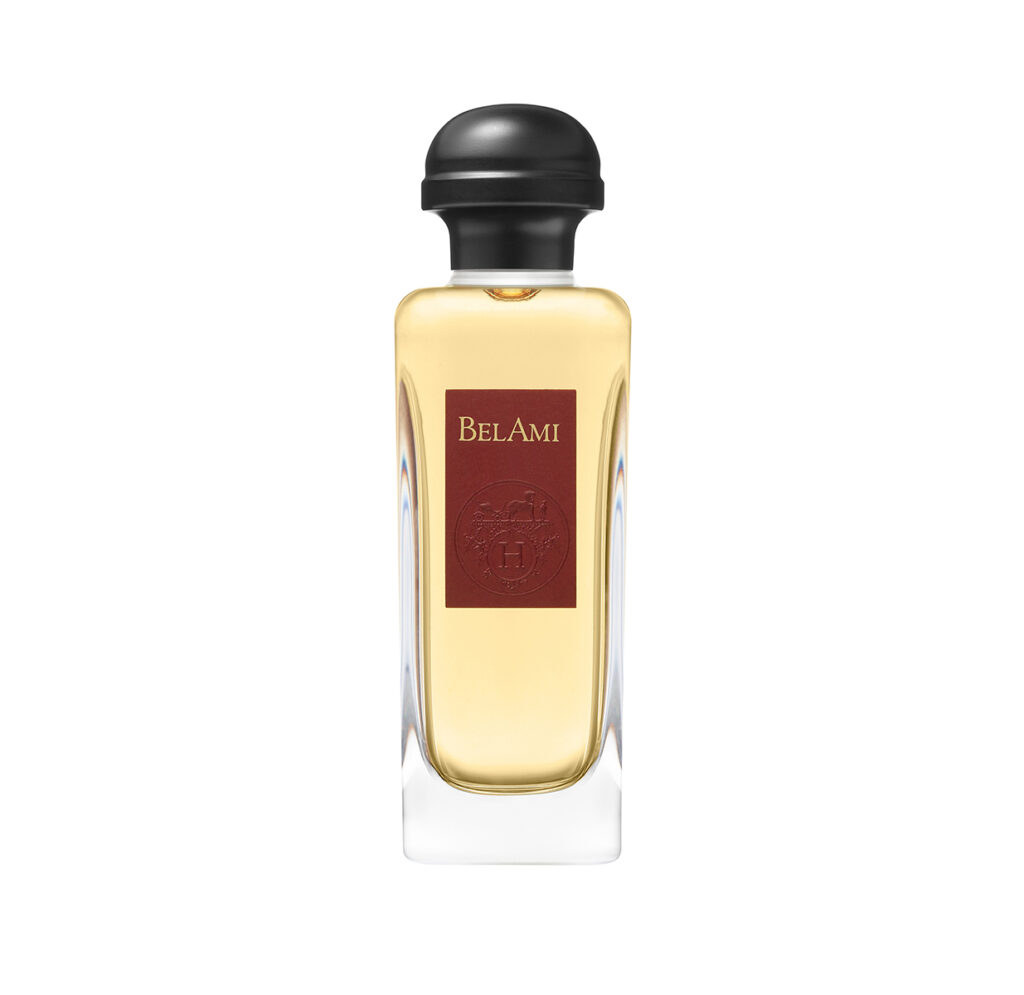
Bel Ami
The decade of excess found its natural expression in two icons of the era. First, Bel-Ami was an animalic citrus that captured the ferocity of the decade’s ambitions. Suave and slightly threatening, it remains today one of the best leather fragrances on the market.
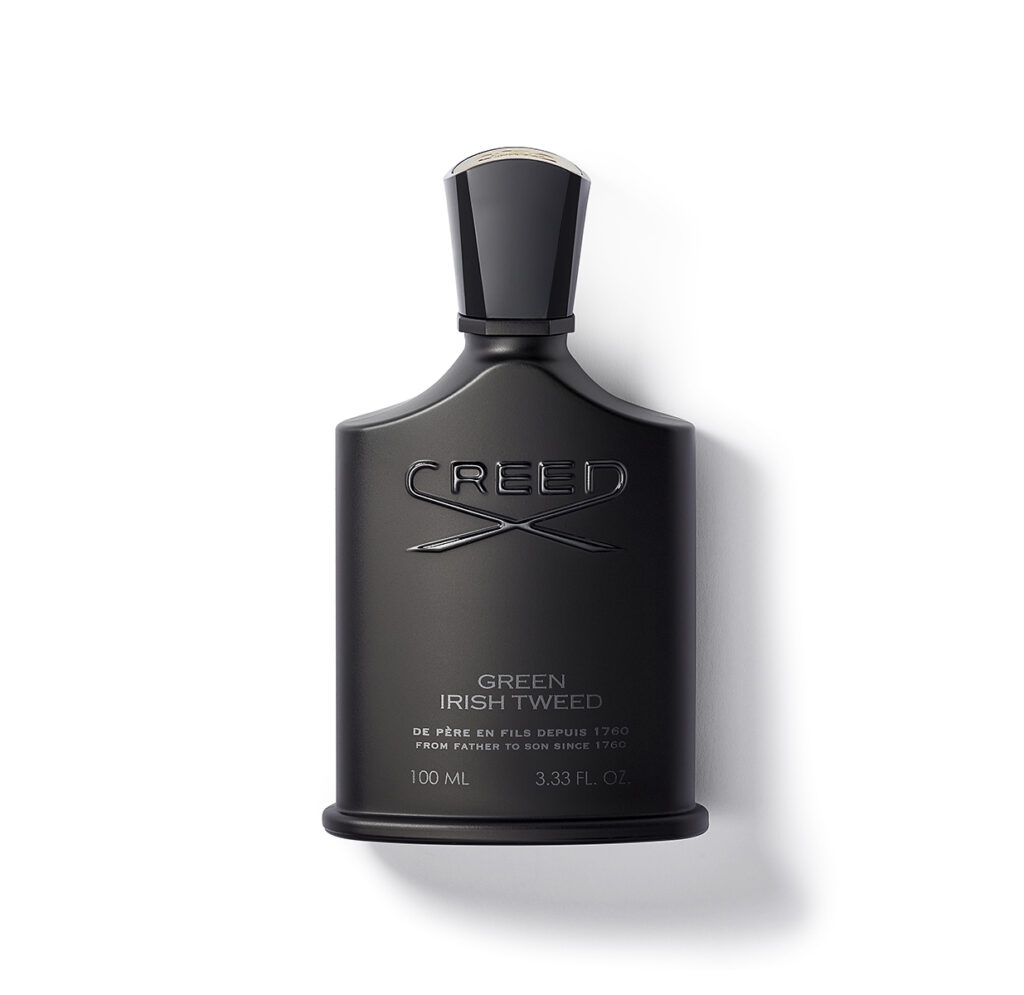
Green Irish Tweed
In contrast, Green Irish Tweed was remarkably visionary, speaking to a new breed of men ready to break away from the traditional masculine fashion tropes for something more experimental: a floral for men. Iris, violet and ambergris made this hard to define. A preppy fragrance that had the flamboyance of the New Romantics.
1990s
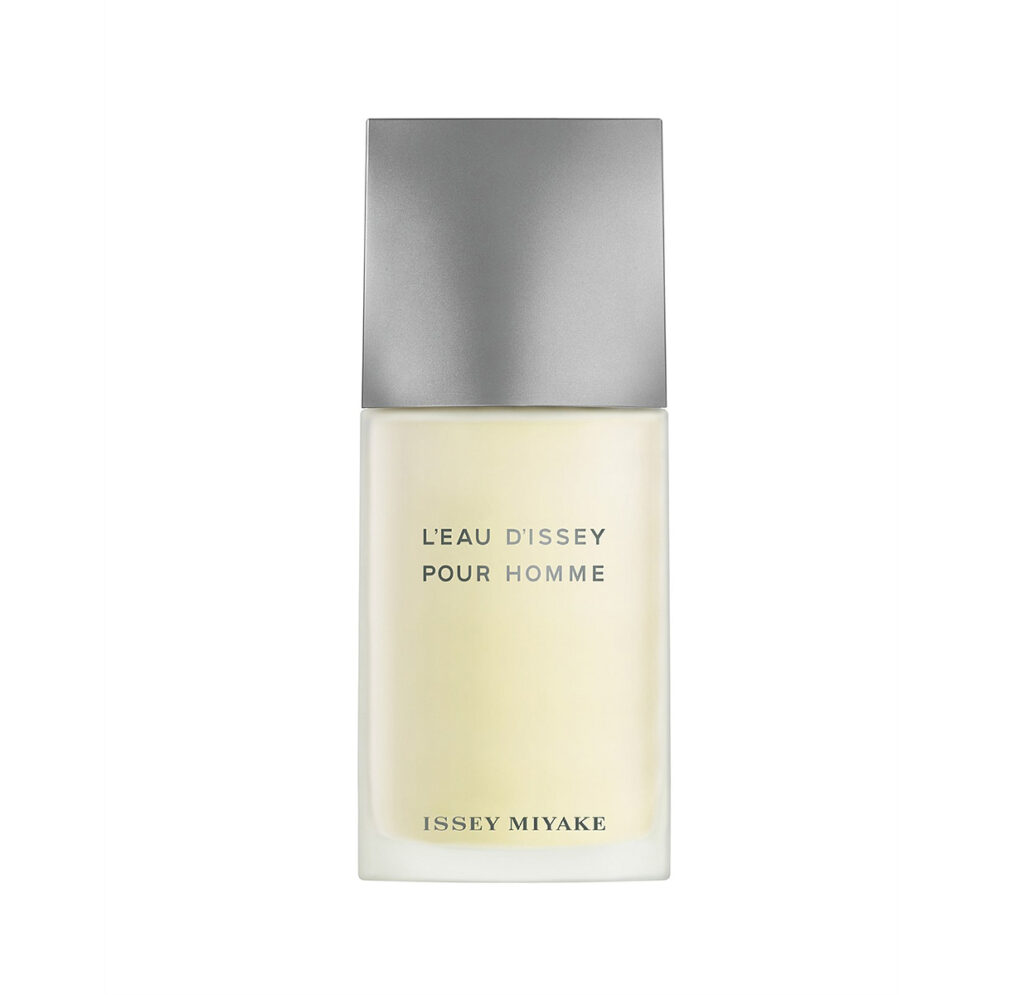
L’Eau D’Issey Pour Homme
It will forever be the greatest irony that the decade of grunge became the era in which fragrances became squeaky clean. CK One might have set the scene, but it was the fizzy weirdness of Japanese designer Issey Miyake that became the hallmark of “taste”. L’eau d’Issey Pour Homme, to use its full name, introduced the note of yuzu to the masses. Its mouthwatering zestiness was the epitome of freshness, the antidote to the unwashed rock scene happening at the same time.
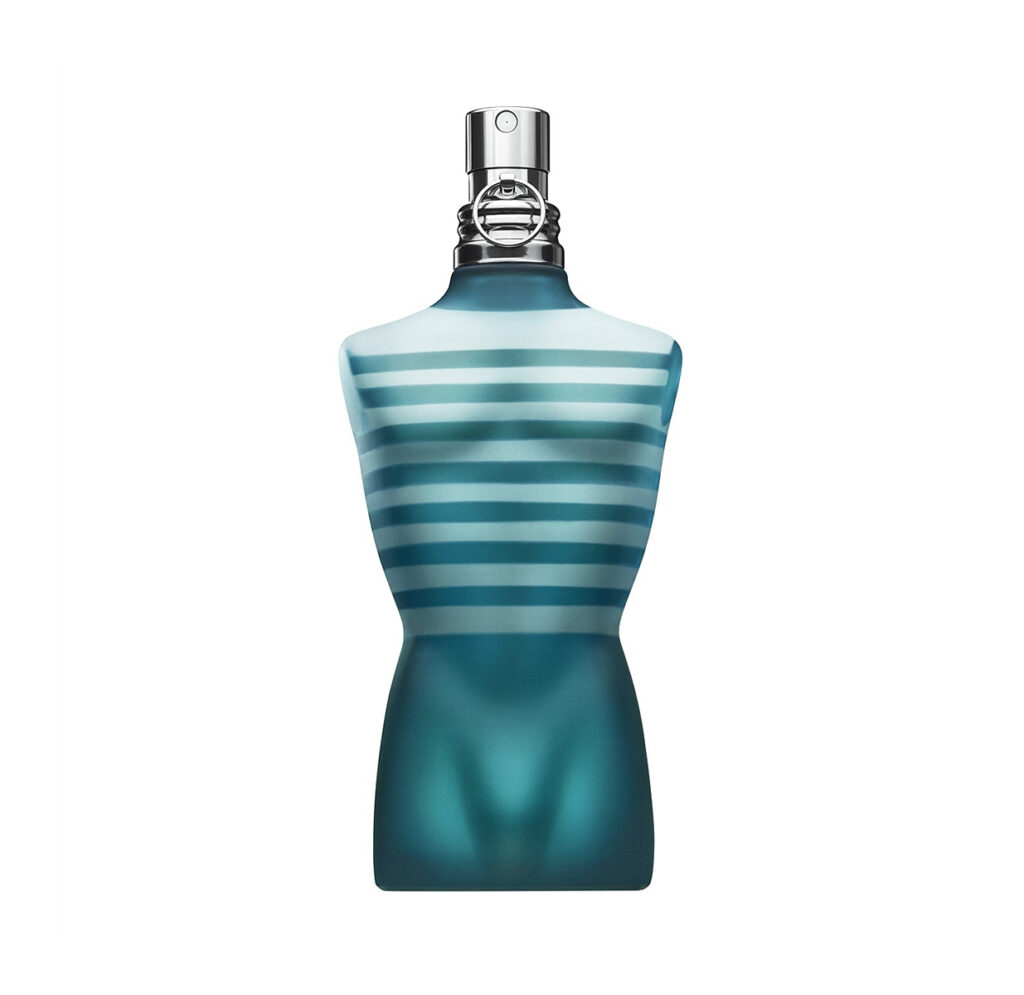
Le Male
On the other end of the spectrum, Jean Paul Gaultier convinced men of their own sex appeal with his iconic torso, Le Male. A barbershop scent that mixed mint and cardamom over the familiar lavender. Honestly, I’d bet half the guys who bought it did so purely for the bottle design.
2000s
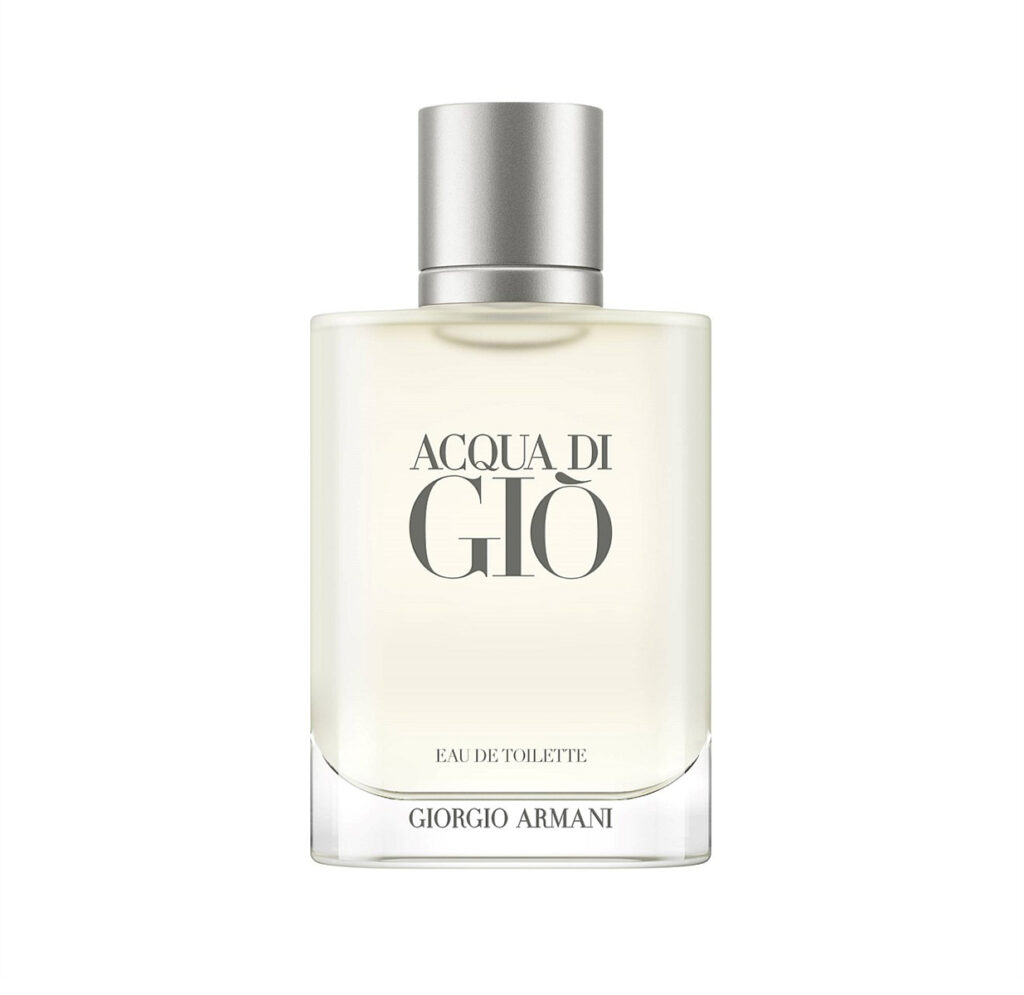
Acqua Di Gio
Anyone over the age 30 knows someone who has worn Armani’s Acqua di Gio. The definition of fresh aquatic that filled the changerooms of every gym was officially released in 1996, but the chokehold it had on men during the Y2K era was phenomenal. Despite its cologne-like structure on paper, this had both volume and staying power.
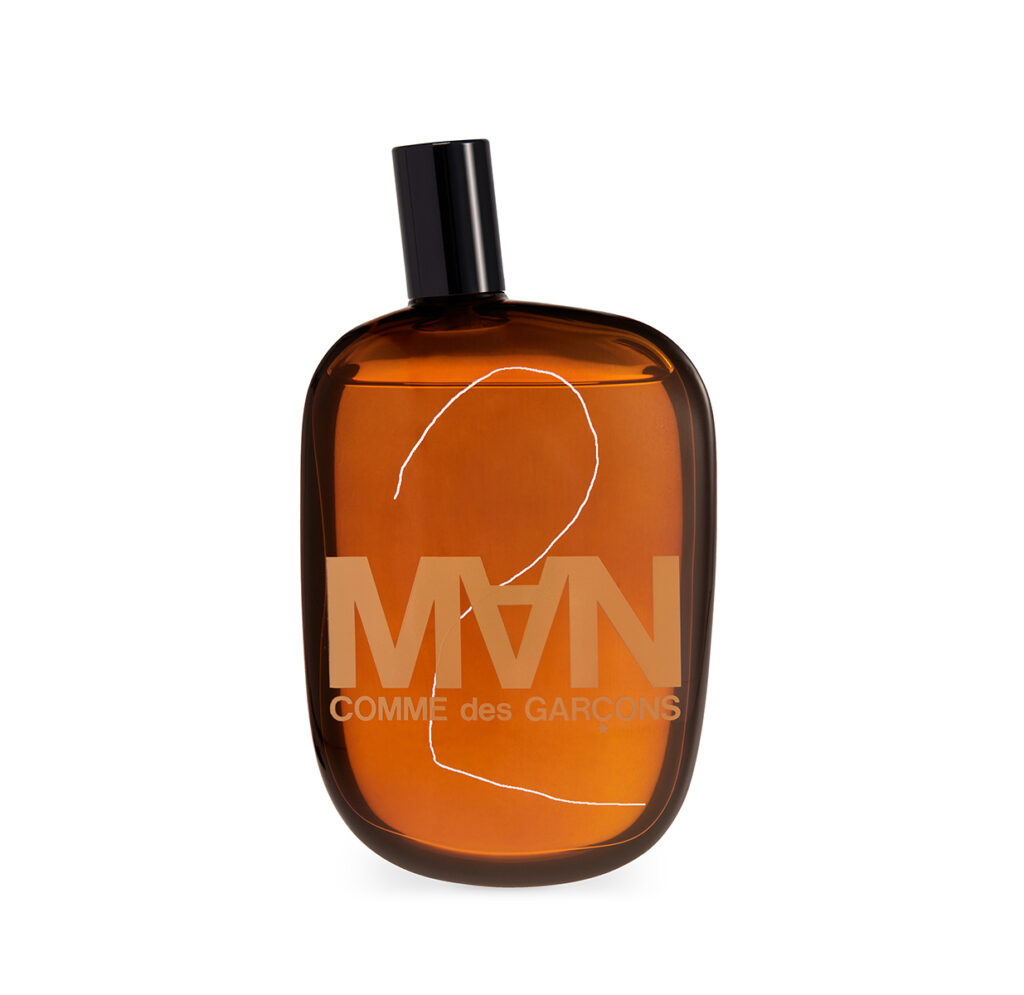
CDG 2 Man
The aughts also saw the arrival of more experimental creations, none more so than Commes des Garçons and their collection of anti-perfumes. The idea of smelling like a snuffed-out candle might not sound appealing, but CDG2 Man was groundbreaking with its haunting incense-like note and smoke trail. Perfect.
2010s
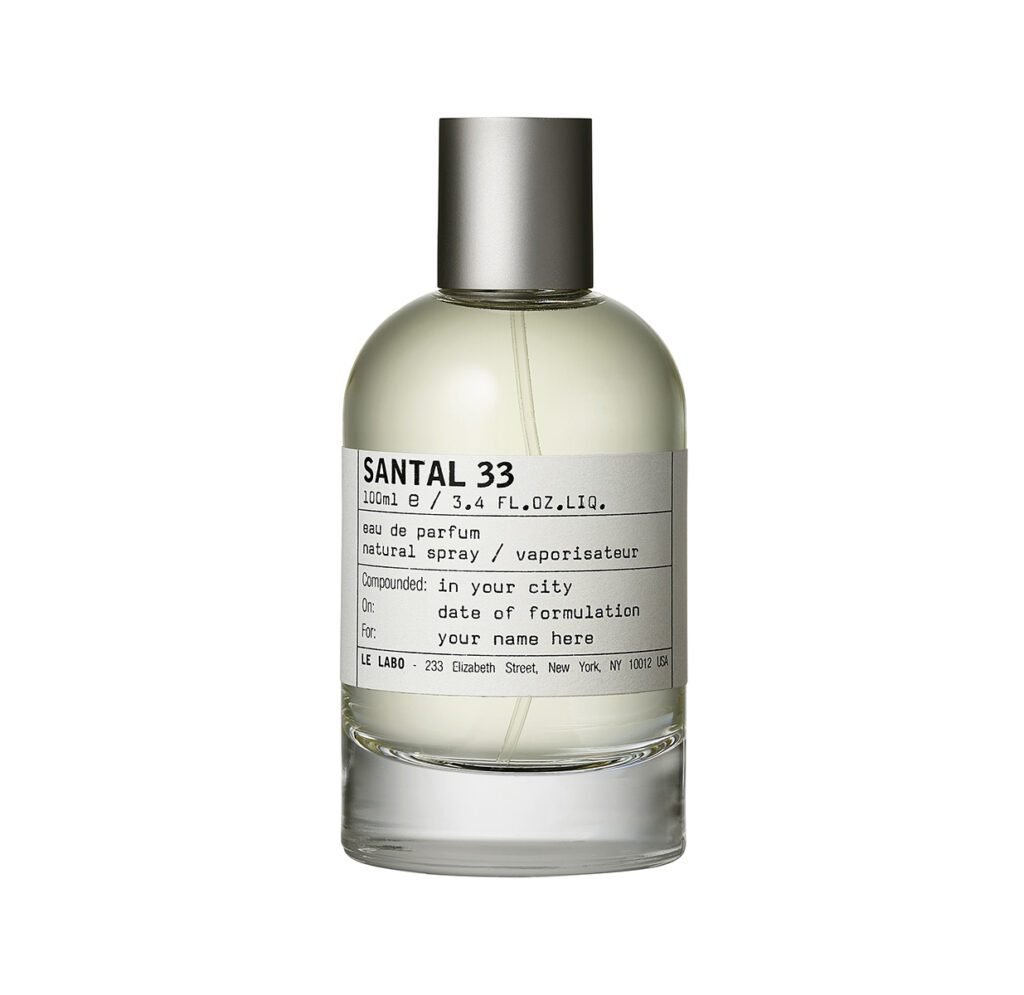
Santal 33
This is the era when niche perfumery started to go mainstream, courtesy of one New York-based company called Le Labo. At first, Santal 33 was the ultimate IYKYK fragrance, but it quickly escaped the gatekeepers to become one of the brand’s most beloved creations. Sandalwood, cedarwood, iris – it’s been variously described as a leather masterpiece and pickle juice, and this seeming contradiction has been its enduring mystery.
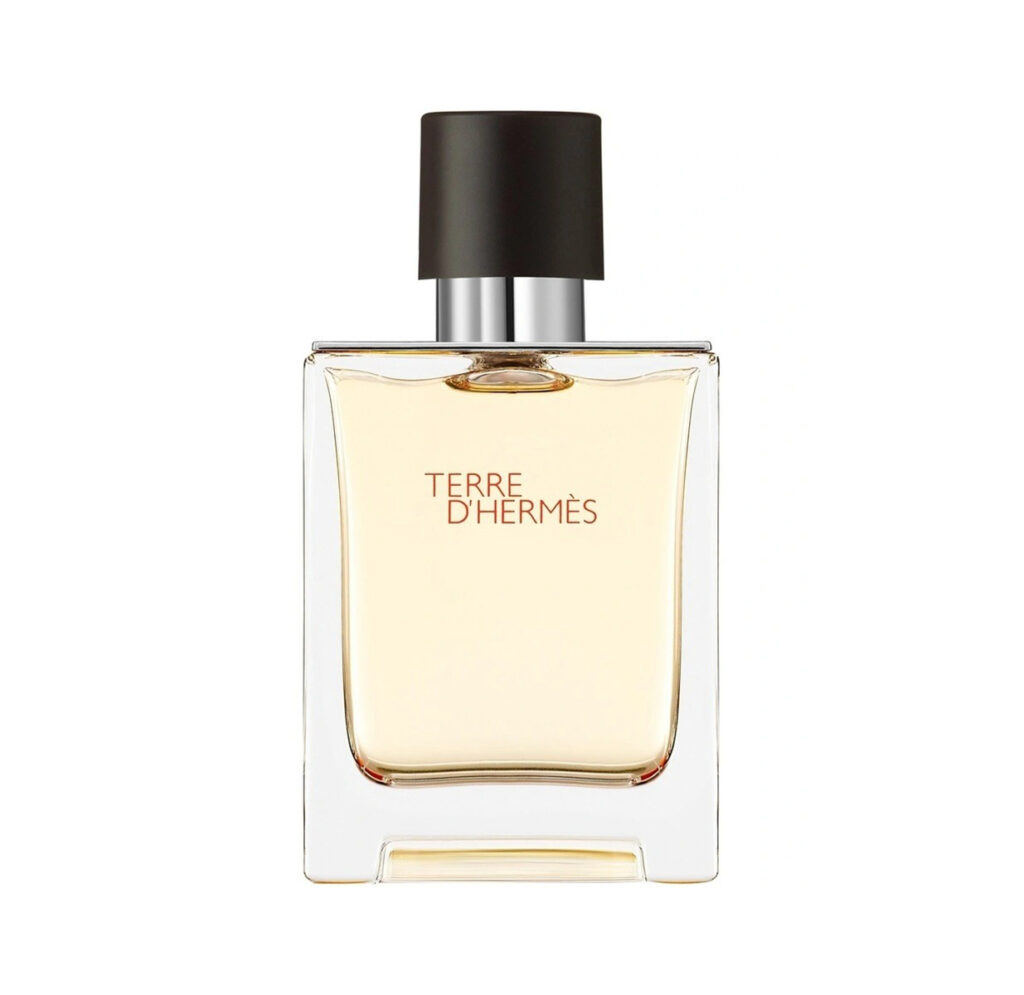
Terre D’Hermès
Back in the saddle is Hermès, with the bestselling Terre D’Hermes. If you’d told a man that he wanted to smell like grapefruit and petrichor a few years earlier, he’d probably have laughed at you. Now, the smell of earth-after-rain is the peak of rugged luxury.
2020s
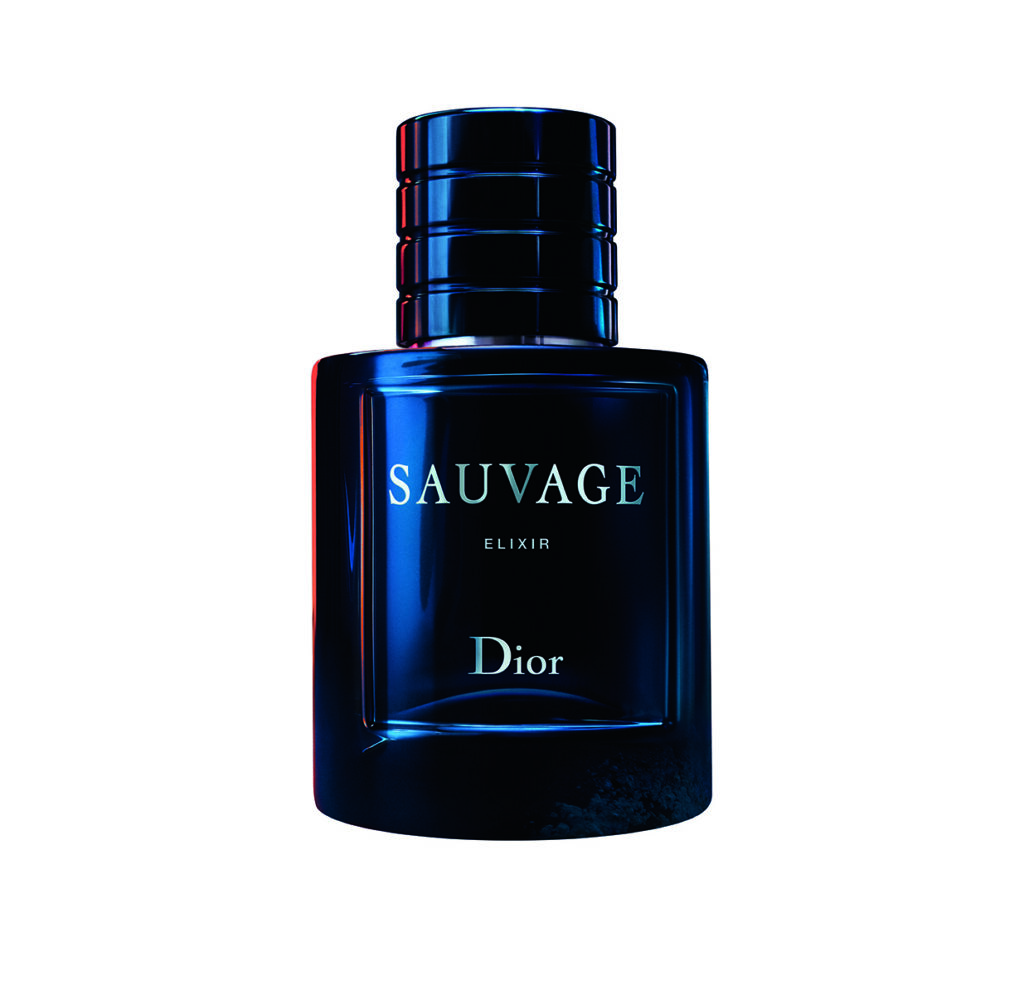
Sauvage Elixir
We’re only halfway through the roaring ’20s, but there’s no argument as to which fragrances are dominating the era starting with Dior Sauvage Elixir. It’s not just that Sauvage is the best-selling fragrance in the market today, it’s the way Sauvage has created a zealous fanbase. A dose of liquorice adds a much sweeter profile to Sauvage Elixir, bolstered by cinnamon and grapefruit.
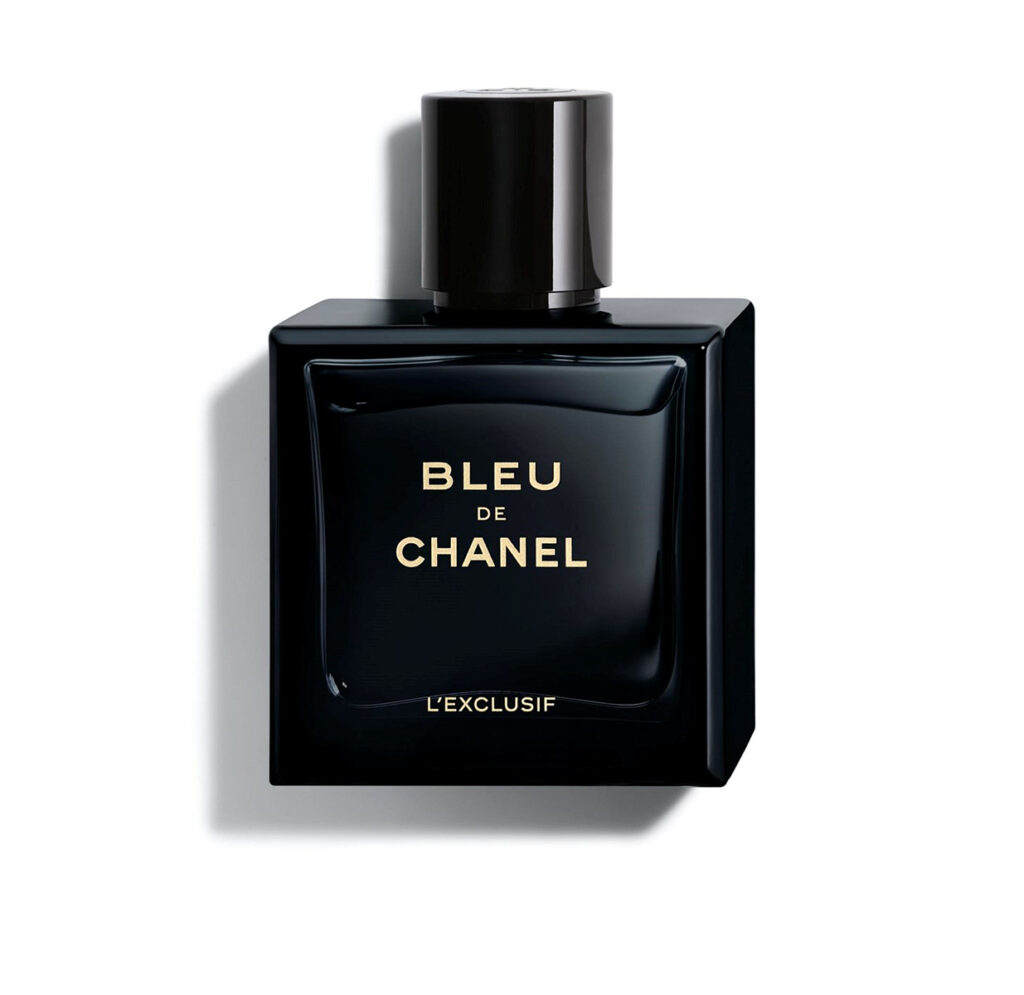
Bleu de Chanel L’Exclusif
We’re calling it early, Chanel’s new Bleu de Chanel L’Exclusif edition will be everywhere. Since the original edition was released, Reddit forums and threads have been built dissecting their differences. In the L’Exclusifs edition of Bleu de Chanel, intensity is turned up. Sandalwood and amber are given even more prominence, boosted by cistus labdanum’s sweet leathery profile.
Related:




